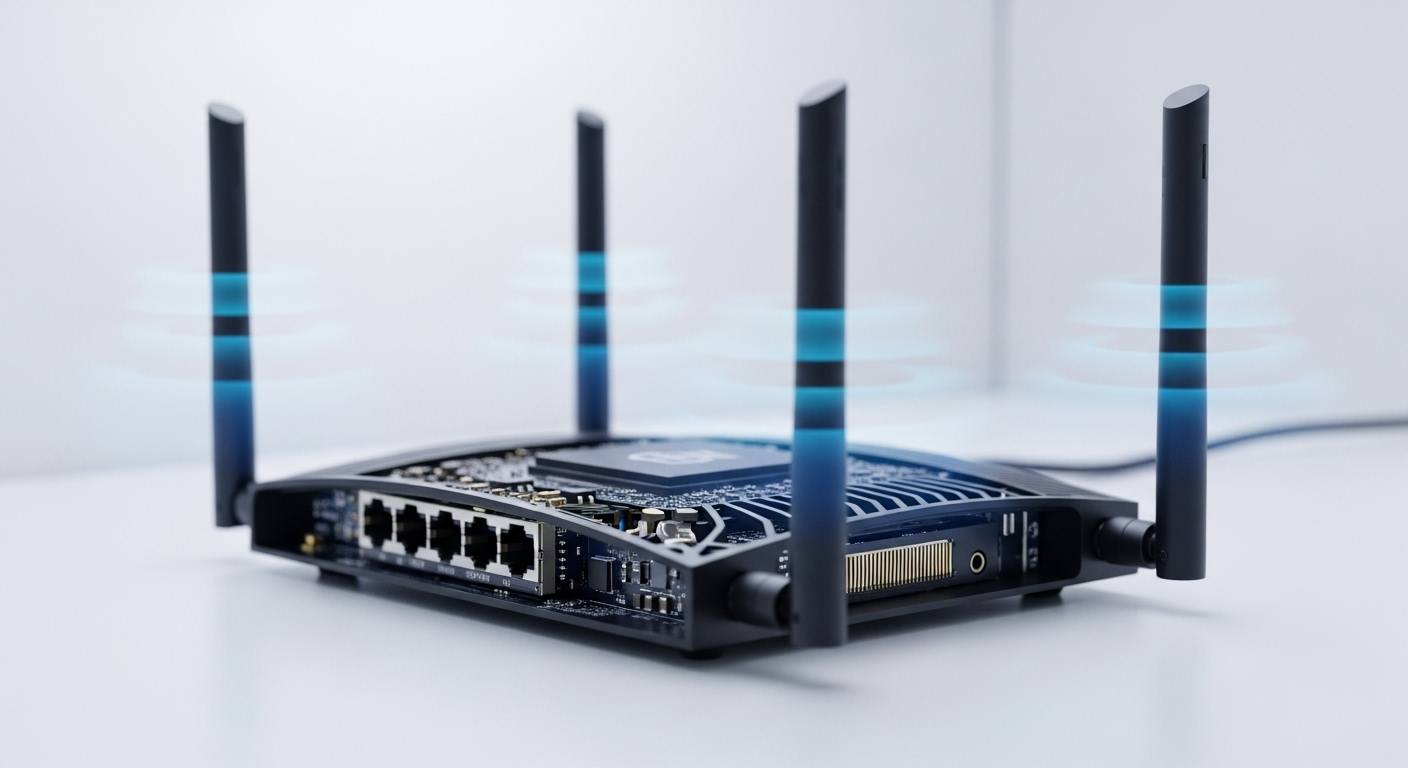Decoding the Potential of Wi-Fi 6: A Deep Dive into the Future of Connectivity
Throughout the annals of internet history, the advent of new wireless standards has always been synonymous with faster speeds and better connectivity. From the first generation of Wi-Fi (802.11) in 1997 to the current fifth-generation (802.11ac), each iteration has brought us one step closer to an always-connected world. However, the latest standard, Wi-Fi 6 (802.11ax), promises not just faster speeds but a complete overhaul in how we experience wireless connectivity.

A Glimpse into the Past: Wi-Fi through the Ages
To appreciate the potential of Wi-Fi 6, we must first understand our journey to this point. Wi-Fi technology, initially designed to replace Ethernet cables, has evolved from its humble beginnings of providing 2 Mbps speeds in the 2.4 GHz band to delivering Gigabit speeds on both 2.4 GHz and 5 GHz bands. The most recent standard, Wi-Fi 5, introduced wave-2 features like Multi-user MIMO (MU-MIMO) and enabled devices to use different parts of the frequency spectrum simultaneously. However, with the ever-increasing number of devices and the surge in high-bandwidth applications, Wi-Fi 5 networks have begun to show signs of strain. Enter Wi-Fi 6.
Wi-Fi 6: The Game Changer in Wireless Connectivity
Unlike its predecessors, Wi-Fi 6 is not just about speed. While it does offer a theoretical maximum speed of 9.6 Gbps – nearly three times that of Wi-Fi 5 – its real game-changer is efficiency. Wi-Fi 6 introduces several new technologies, including Orthogonal Frequency-Division Multiple Access (OFDMA) and Target Wake Time (TWT), designed to handle high density scenarios better, prolong battery life of devices, and improve overall network performance. The result is a more reliable and responsive wireless environment, perfect for the emerging era of smart homes, high-end video streaming, and virtual reality.
Impact and Challenges: The Wi-Fi 6 Revolution
Wi-Fi 6 promises to revolutionize how we interact with the digital world. Its capacity to handle more devices simultaneously will be instrumental in managing the projected explosion of IoT devices. Moreover, with its improved efficiency, high-speed applications like video conferencing and gaming will become more robust and seamless.
However, like any new technology, Wi-Fi 6 faces its share of challenges. Upgrading to Wi-Fi 6 requires new hardware, both for access points and end devices. This could mean significant investment for businesses and consumers alike. Moreover, while Wi-Fi 6 is backward compatible, to reap its full benefits, all devices on the network need to be Wi-Fi 6 enabled.
Wi-Fi 6 in Action: Real-World Applications
Wi-Fi 6 has already begun making waves in various sectors. In enterprise environments, it can support more users and devices without compromising on performance. In healthcare, Wi-Fi 6 can enable reliable and real-time monitoring of patients through connected devices. In education, it can support digital classrooms and e-learning initiatives, providing a seamless learning experience for students.
In conclusion, Wi-Fi 6 is not just the next step in wireless connectivity; it is a paradigm shift. Its impact extends beyond faster speeds to transforming how we interact with the digital world, promising a future of seamless, efficient, and ubiquitous connectivity. While challenges do exist, they are but stepping stones towards realizing the full potential of this groundbreaking technology. As we stand on the brink of this new era, one thing is clear - Wi-Fi 6 is set to redefine our digital landscape.






